Is this place real? If it wasn’t for the bees and the 104 degree F temperature I would think I was dreaming. We sailed from Espiritu Santo a few hours north into the most idyllic crescent-shaped bay on the island of San Francisco. The blue was so bright it almost burned the eyes… in a good way. We cozied up next to a few other boats that were all making good use of the bay, snorkeling, jet skiing, hanging on the beach. We heard there was good hiking on the island and we were excited to stretch our legs, so we pulled out our closed-toes shoes (gasp!) for the first time in months.
From the top of ridge we could see how small this island really is. Someone with a really strong arm could almost chuck a rock from the middle to any of the sides. The view from the top was amazing with the sweet vibrant bay, a rainbow gradient of rocks below, and lots of birds! From the top we were right at birds’ eye level with many who were soaring up over the water including ospreys, frigates, and vultures. The rock was crumbly and sharp and we each went home with bloody souvenirs from climbing, but it was worth it!
We spent the next few nights anchored on the northern shore of San Francisco, protected from the prevailing southern winds. This was a perfect jumping off point for exploring Isla San Jose and for spending time with friends on neighboring Isla Pardita. We were intrigued by the mangrove forest on Isla San Jose, which we learned is home to many sea turtles. The entrance to the extensive mangrove forest is found in the large and pretty Bahia Amortajada. We are not the only ones that find this a nice place to be. It is also home to a noteworthy number of mosquitos, the dreaded jejenes (no-see-ums), which we’ve heard so many horror stories about, and bees. Fortunately there was enough breeze and sunlight to keep the first two away, but before we even set the hook there were bees swarming the boat. Several boats we know told us about their bee “experiences” so we were prepared, at least emotionally. The bees are looking for fresh water and apparently the first few that show up are “scouts.” If they find water the next hundred or so are due to follow. Our friends each had the experience of leaving their portholes and hatches open while they were gone and came back to hundreds of bees in their galley sink, down the drain, covering the sponges. Not an experience I care to have! The advice is to avoid any fresh water on the deck, put screens on the windows, and kill the scouts. We needed no more prodding to spend the morning finally putting our screens on the portholes and making screen covers for our hatches (we had hesitated doing so to avoid any reduction of airflow in the heat). The deck was swarming with little friends, but we kept them out of the cabin, and they eventually left when they found no water.
Once it felt safe to leave the boat we jumped in Peanut to explore the mangroves. As we traveled up the channels we were greeted by all manner of bird life and we watched the occasional startled sea turtle dart out of site. The channels were silty and full of life. Red mangroves are unique trees with specialized roots that shoot down into the sediment underwater. They can grow in thick forests along shorelines or create their own small islands in calm waters. Although they often look to be on solid ground because sediment and dead leaves create filler in their dense network of roots, there is water beneath them, and incredible habitat for many species of fish, crabs, shrimp, and shellfish. They provide excellent protection for juvenile and small critters to avoid predation in surrounding reefs. Studies show that as many as 25 times more fish of certain species live on reefs near mangroves than where the mangroves have been removed. They are a productive and important habitat that needs to be protected, as many forests have been removed to make room for coastal development. Snorkeling in the mangroves was a real treat. Exploring beneath the trees is an investigation of the small and cryptic. The prop roots were covered in purple sponges, pink anemones, orange eggs, large crabs and tiny shrimp. Schools of juvenile fish darted in and out of view. It doesn’t seem that this place is frequently by too many visitors because I was constantly met with surprised and curious looks from the numerous small fish.
Our friends on Isla Pardita told us that if we circumnavigated their island on scuba we would not be disappointed. We decided to take them up on the challenge. The waters surrounding the island are protected with no take allowed, and this particular MPA has the added security of being around a small populated island. It was obvious because the fish life was rich and diverse. We saw more parrotfish than we have ever seen, played with morays, and were easily able to explore the entire shallow perimeter of the island in an hour.
We are finding the islands in the Sea of Cortez to be magical and even though many are devoid of people we have no problem finding life to commune with.
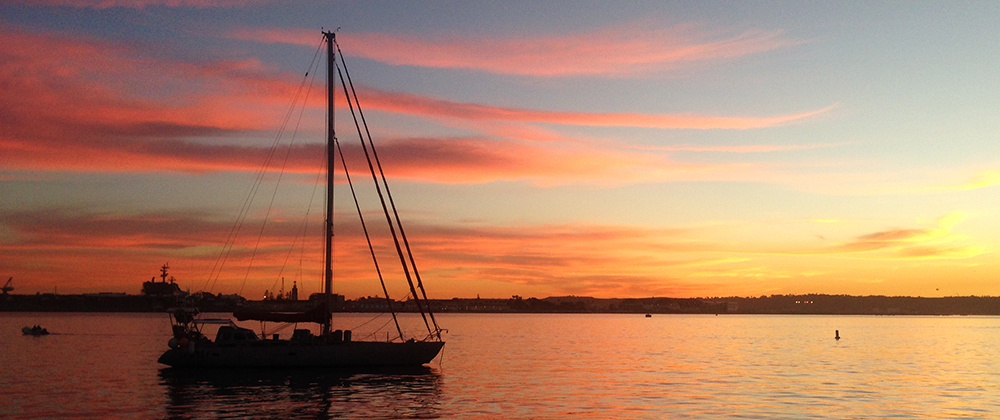


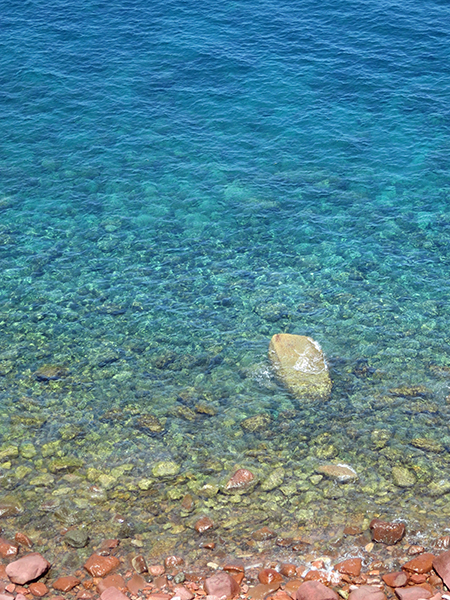



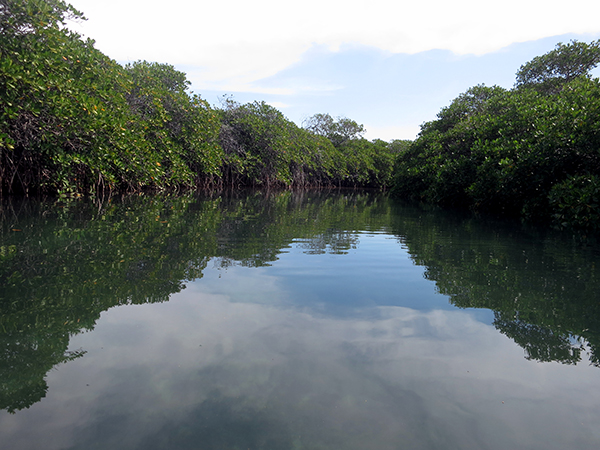
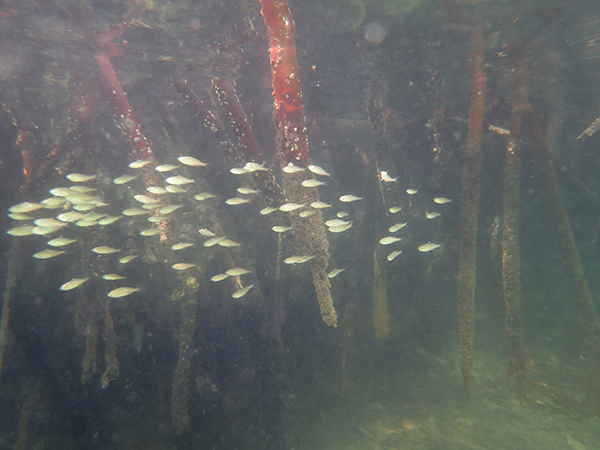
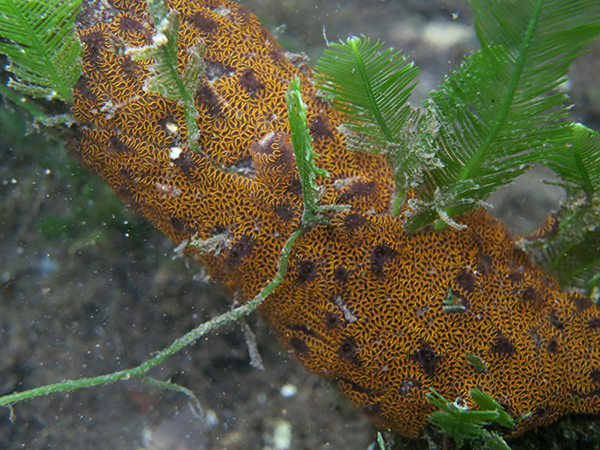
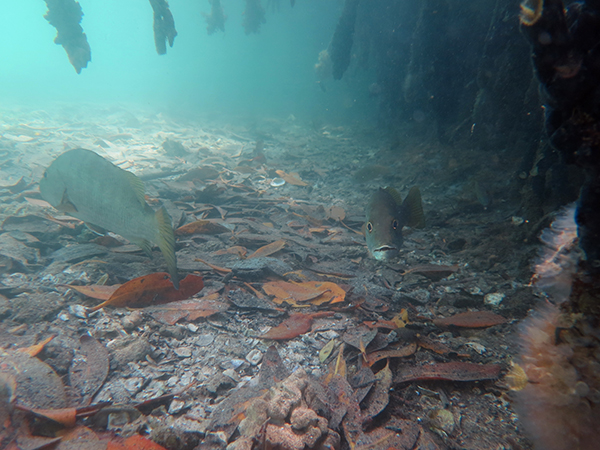
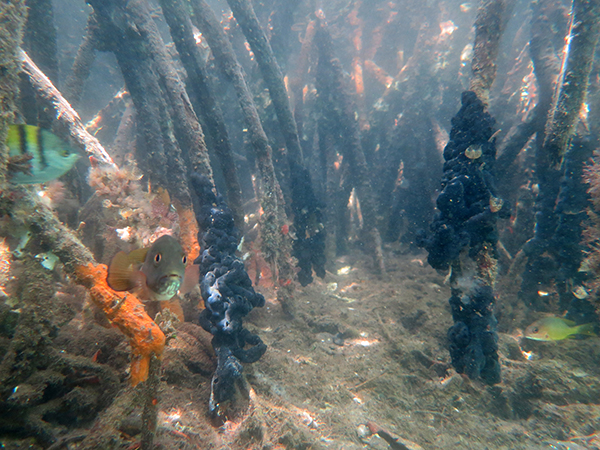
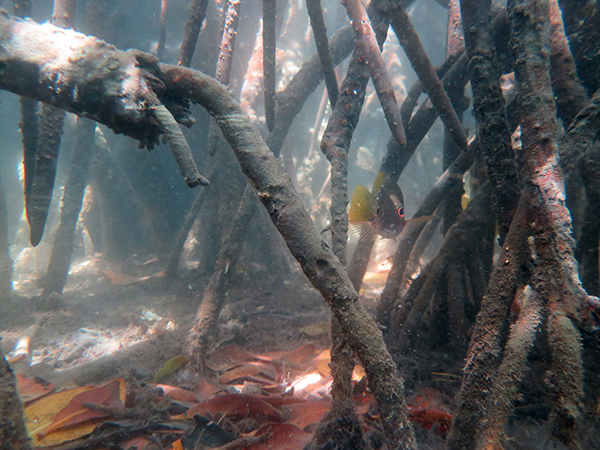

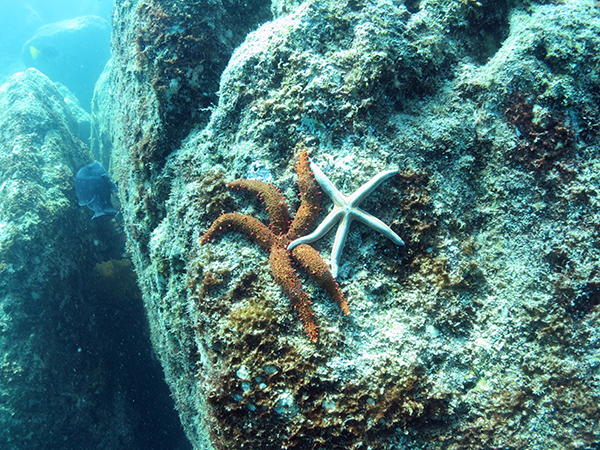
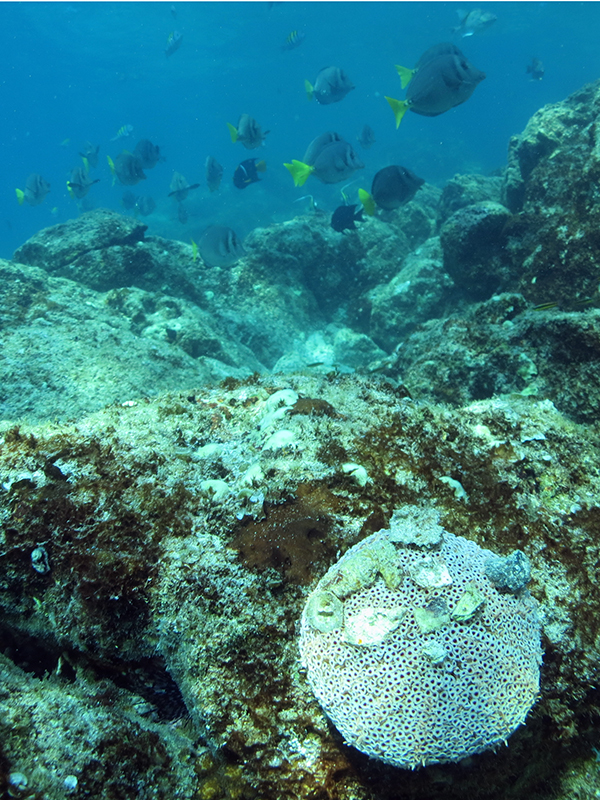
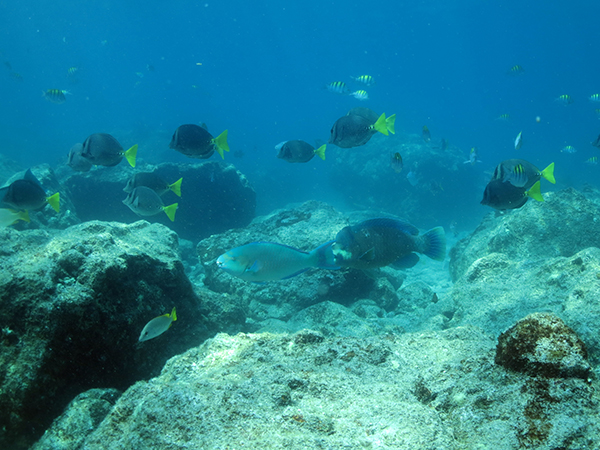
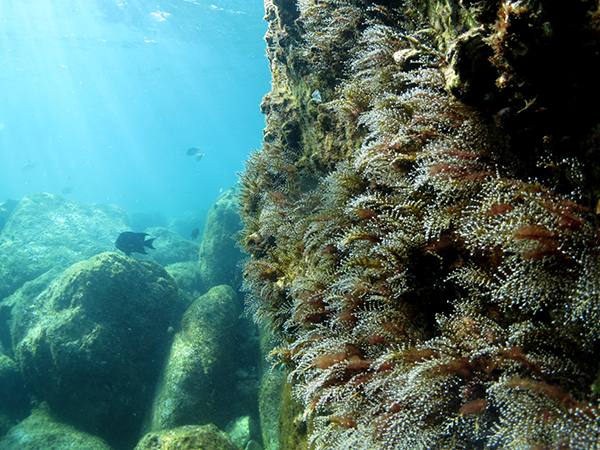





Hi Jonah and Megan, and very informative great picture and great to hear you are really living life. We hope to meet up with you again
and very informative great picture and great to hear you are really living life. We hope to meet up with you again
we love your BLOG
here in the Sea of Cortez. We are currently in Puerto Escondido and have been here about 2 weeks. We heard you were here. Thank you again for teaching us how to get weather on our ssb radio. Take care, Pati and Eric
Hey there Pati and Eric,
SO great to hear from you! Glad you like the blog. Puerto Escondido was our last stop before we headed over to Guaymas to dry dock for a couple months while we visit family and do some work in the states. We miss the SEA and all our boat friends! We thought we’d get all the way to Bay of LA, but we are slow movers. There are just too many good places to explore south of there. Great diving all around Escondido. We’ll be back in October and hope to catch up with you guys. So happy that the SSB radio is working for weather. Enjoy!